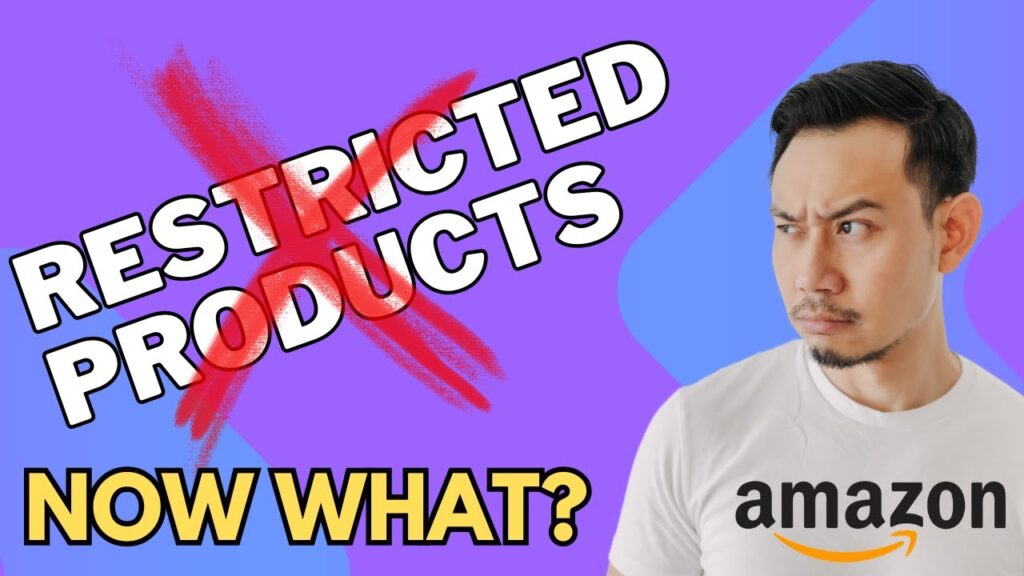Hey, it’s Tim from AMZ Fusion, and today we’re diving into the topic of restricted products on Amazon. We’ve got just under four minutes to cover this, so let’s jump right in!
Understanding Restricted Products on Amazon
Restricted products on Amazon are those that require special approval before you can list them for sale. This can be due to safety concerns, authenticity issues, or Amazon’s agreements with brands.
Common Reasons for Product Restrictions
- Brand Gating: Some brands restrict who can sell their products to control their brand representation and prevent counterfeit items.
- Safety Concerns: Products that pose safety risks (like certain chemicals or electronics) require additional vetting.
- Legal Restrictions: Items that fall under government regulations (like certain food products or supplements) may be restricted.
Our Experience with Restricted Products
In our AMZ Fusion account, we’ve encountered various scenarios where products became restricted. For instance, products may show up as “Qualification Required” indicating a need for reapplication to sell the product, or they may become restricted suddenly due to policy changes.
Tips for Handling Restricted Products
- Patience is Key: Sometimes, restrictions can be temporary. Amazon may review and lift restrictions if they find the initial gating was a mistake. It’s worth waiting a few weeks before taking further action.
- Check the Product’s Status: Use Amazon’s tools to understand why a product is restricted. This can guide your next steps, whether it’s applying for approval or adjusting your inventory strategy.
- Consider Recalls or Adjustments: If a product remains restricted, decide whether to recall the inventory or destroy it, depending on the cost and potential for selling it elsewhere.
- Stay Informed: Keep up to date with Amazon’s policies on restricted products. They can change frequently, and being informed helps you adapt quickly.
Example: Handling a Restricted Listing
One specific example involved Adidas products which were suddenly gated for all sellers, including us. Surprisingly, after a few days, Amazon lifted the restriction, and we could sell again. This illustrates why giving it some time can sometimes resolve the issue without further action.
Final Thoughts
Dealing with restricted products can be frustrating, but understanding Amazon’s processes and having a strategy for addressing restrictions can mitigate potential losses. Always evaluate whether waiting out the restriction, appealing it, or removing the inventory is the best strategy based on the specific circumstances of each product.
For more insights into navigating Amazon’s marketplace challenges, don’t forget to like, subscribe, and drop any questions you might have in the comments below. See you in the next video!




